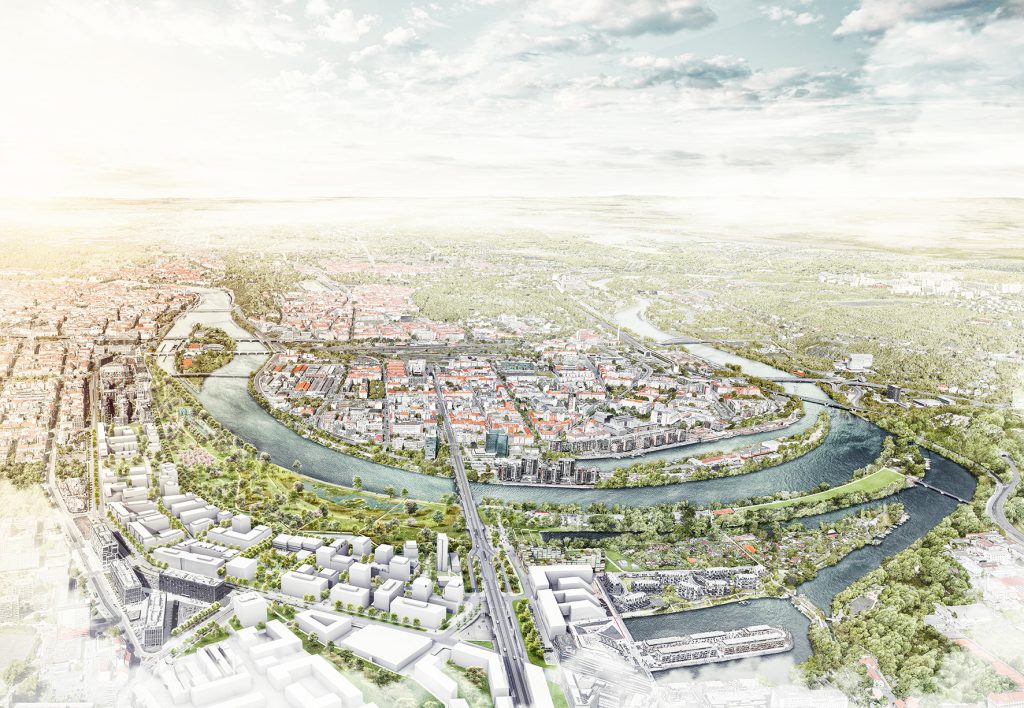Mid90s Skater Landscapes

Released late last year, Jonah Hill’s debut film Mid90s offers up a nostalgia-tinged exploration of skateboarders’ relationship with the urban landscape.
Billboard
Skyscrapper
Halfpage
Released late last year, Jonah Hill’s debut film Mid90s offers up a nostalgia-tinged exploration of skateboarders’ relationship with the urban landscape.
Jonah Hill’s recent directorial debut Mid90s offers a nice slice of nostalgia for anyone even passably involved in the skating scene in the period that gives the film its name. While the film itself isn’t especially good – several potentially important plot points are introduced and then quickly discarded as the film zips along – it’s still worth watching, if only for the chance to see a sport which will soon be represented at the Olympics being treated with such hostility by the authorities.
Some context: skateboarders have always existed on society’s margins, mainly because of the landscapes they choose to exploit in pursuit of their craft. While there were earlier precedents, skate culture only really emerged in the late-1970s. In search of things to do when the waves weren’t breaking, young Californian surfers would swap their surfboards for skateboards and swap the ocean for asphalt, carving up the smooth wave-like curves of empty reservoirs and semi-abandoned transport infrastructure.
The drought that launched skateboarding
During the California drought of 1976-77 many of these same skateboarders discovered the potential of swimming pools and began to develop pretty efficient procedures for searching suitable suburban back gardens to break into for a couple of hours, and then draining the half empty pools with pumping apparatus before carving up the concrete bowl that was left. Out of this came a new wave of enthusiasm for the sport and a series of skate competitions, mostly taking place on purpose built vert ramps that mimicked the swimming pools.
By the mid-80s skateboarders were beginning to make another important mark on the urban landscape, moving from the vert ramp and out onto the city streets. This was fuelled by new tricks, most notably the “ollie” – in which the skateboarder lifts themselves off the ground using a combination of impact, pressure and adhesion between the skater’s foot and the board’s sandpaper surface – as well as a series of ollie-based tricks devised by pioneering freestyle skater Rodney Mullen.
In Mullen’s wake came street skateboarders like Natas Kaupas, whose videos show the eccentric skater doing tricks off anything he could find, in the process giving street furniture a whole new range of uses: walls for riding up, handrails and benches for “sliding” and “grinding” over, and stairs to ollie off of.
In this move to the streets, skateboarders were engaging in a playful rebellion, giving new meanings to the otherwise fairly incidental and mundane features of the modern city, breathing a new life of play into spaces that are otherwise meant for working, studying or shopping.
An Urban Idyll… Before the Cops Come
This is the skateboarding we encounter in Mid90s and the film offers some great moments which convey the excitement and rebellion involved in skate culture at the time. A school serves as a vast playground for hundreds of skaters, with people not just skating but hanging out, talking, drinking, smoking and watching each other practice tricks. It’s an urban idyll, until the police rush in to arrest anyone not quick enough to run away.
This is an experience familiar to any skateboarder, and one which is also famously captured in rapper Lupe Fiasco’s 2006 song “Kick, Push”:
“They head to any place with stairs any good grinds the world was theirs
And they four wheels will take them there until the cops came and said there’s no skating here
So they kick push kick push kick push kick push coast.”
Charges of trespass, curfew and criminal damage have long limited the skater’s ability to explore and engage with the city. But more recently, their growing presence in the public realm has also led urban designers to insert deterrents to prevent them from ollieing down sets of stairs and grinding on handrails.
When watching Mid90s you can’t help but conclude that the culture it depicts is one that will never truly be tamed, either by the carrot of Olympic recognition or the stick of criminality and defensible design. But this doesn’t mean it deserves to be treated with such hostility.















